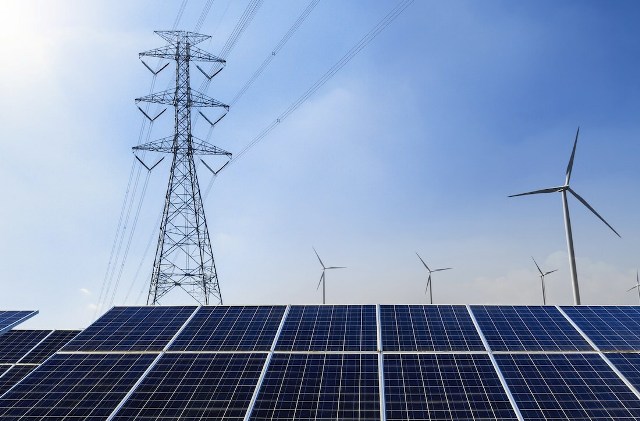The U.S. Energy Information Administration (EIA) forecasts a groundbreaking shift in the country’s energy landscape, as a surge in wind and solar power is poised to eclipse coal-generated electricity for the first time on record by 2024.
Anticipating a significant milestone, the EIA projects a momentous increase in combined electricity generation from wind and solar sources, outpacing that from coal. This shift is propelled by a substantial surge in solar generation, expected to spike by 39 percent in 2024, reaching 228 kilowatt-hours, primarily due to the ongoing expansion of solar capacity.
“Renewables, especially solar photovoltaics, are experiencing rapid growth and are making substantial contributions to electricity generation,” stated DeCarolis, reflecting on this transformative trend.
The agency’s projections also shed light on the evolving natural gas landscape. With an unexpected warmer start to the winter season, U.S. households are consuming less natural gas for heating purposes, contributing to a lower-than-anticipated demand for natural gas. Consequently, this has led to a rise in domestic natural gas inventories, resulting in a predicted 23 percent decrease in natural gas prices, now expected to average around $2.77 per million British thermal units for the winter season.
Moreover, the EIA’s forthcoming Short-Term Energy Outlook (STEO), scheduled for release on January 9, 2024, will present the agency’s initial forecasts for the energy sector through 2025, offering valuable insights into the evolving energy landscape.
Highlighting key forecasts, the agency projects a robust increase in U.S. natural gas inventories, set to end the winter season significantly above the five-year average. Similarly, the EIA foresees a rise in Brent crude oil spot prices, propelled by announced OPEC+ production cuts, albeit with a lowered forecast for 2024.
In tandem with these shifts, the EIA anticipates record-breaking growth in U.S. petroleum and other liquids net exports, driven by escalated production levels of crude oil and hydrocarbon gas liquids.
Notably, the surge in renewable energy capacity, with an anticipated addition of 23 gigawatts (GW) in 2023 and 37 GW in 2024, is expected to fuel a 15 percent growth in solar generation in 2023 and a remarkable 39 percent surge in 2024. This surge is forecasted to propel solar and wind generation to surpass coal-powered electricity generation in 2024, marking a pivotal milestone in the country’s energy evolution, IEA said in a statement.

